The Taklimakan Desert in northwest China's Xinjiang Uygur Autonomous Region is known as China's largest desert with an area of 337,000 square kilometers, once making travel between surrounding cities difficult.
Since the 1990s, China has been building highways in the desert. So far, there are four highways in the region, which greatly shorten the distance between the cities and further boost the local economy.
However, it is not an easy task to build and maintain a highway in the Taklimakan Desert, as it is also the world's second-largest shifting-sand desert. China had to improve its desert control technology as its experience accumulated over the years.
Building "grass squares" is one of the desert control techniques. The square, which is made of stalks, small twigs and other plant materials, can form a barrier to weaken wind erosion and conserve precipitation. As early as the end of the 1950s, the method was introduced to China. However, as the specifications of foreign squares were directly copied at the beginning, the shifting sand was not well controlled. Later, technical improvements were made according to local conditions, and the effect of desert control was greatly improved.
Today, Chinese experts have invented modern machinery that can automatically weave and build "grass squares," which greatly improves the efficiency of desert control. The desert control area that would have taken one year to be completed by the workers now can be completed by machines in less than half a year.
When constructing desert highways, shifting sand often covers the tracks in a short time; thus, Chinese experts invented the "Five Belt" method, that is, the combined use of five sand-fixing belts with different functions, thereby reducing the flow of sand.
As the first country to have achieved zero net land degradation, reduced both the areas of desertified and sandified land, and expanded the forest coverage ratio and forest stock volume, China is showing a trend of improved functionality and stability in the desert ecosystem. In comparison to a decade ago, there has been a reduction of 5 million hectares in desertification areas and 4.33 million hectares in sandy lands.
Nowadays, China is sharing its technologies and experience in desert control with other countries in the world, including scientific and technological cooperation with Arab countries, Central Asian countries, Africa and Mongolia.
On the 9th Kubuqi International Desert Forum held on August 26 this year in north China's Inner Mongolia Autonomous Region, the China-Arab International Research Center for Drought, Desertification and Land Degradation was officially launched, aiming to further strengthen cooperation in combating desertification and land degradation in the future.
In September 2017, China and Africa reached an agreement to provide technical support for the African Union-led Great Green Wall Initiative to help Africa improve its desert control capacity. On June 10 this year, the Third Taklimakan Desert Forum and the Second Training Workshop on Desertification Combating for the Great Green Wall of Africa were held in Xinjiang, where over 180 researchers from 14 countries and regions gathered to communicate how to effectively prevent land degradation and desertification.

















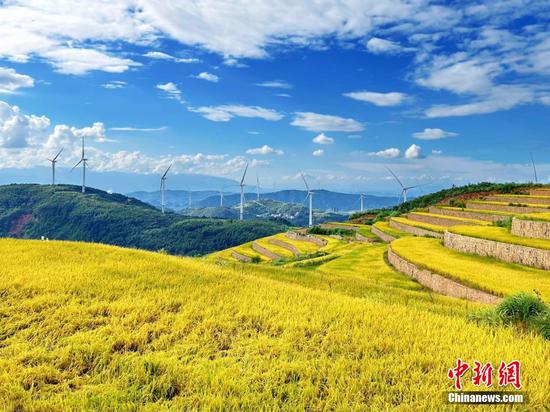
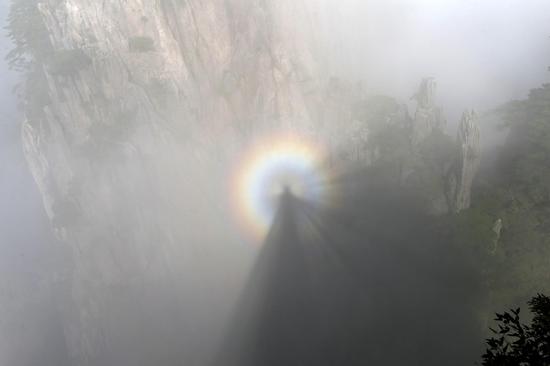


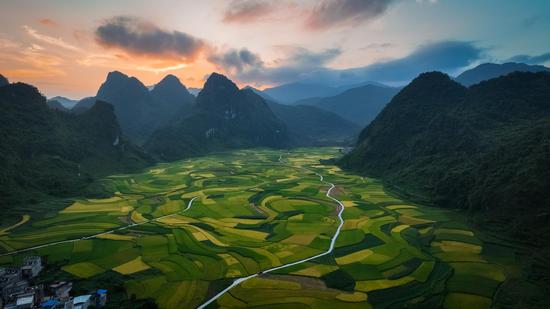

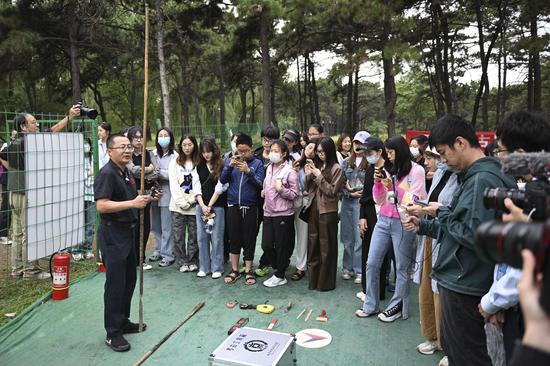








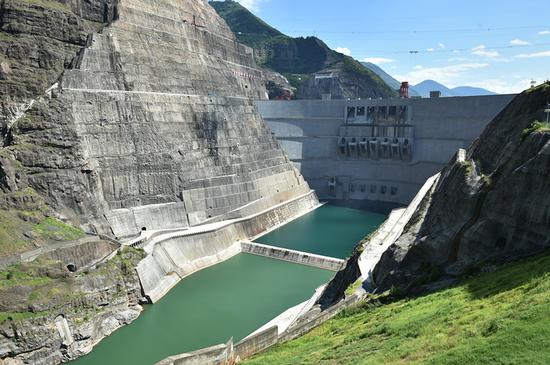

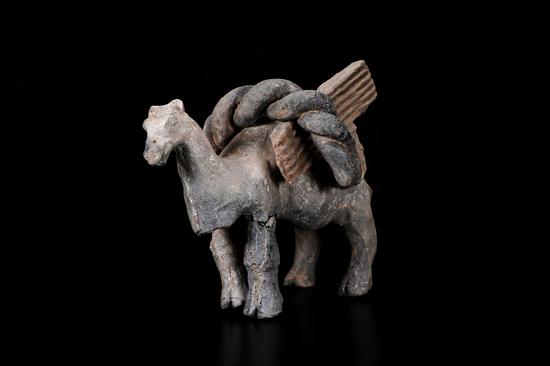















 京公网安备 11010202009201号
京公网安备 11010202009201号